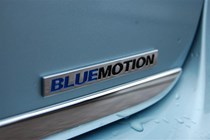Even though economists keep reinforcing that the green shoots of financial recovery are growing ever closer to flowering, many of us are remaining in ‘thrift mode’ after years of cutting back on unnecessary expense.
Motoring hasn’t escaped the belt-tightening with many of us opting to use our cars less and even seek out more fuel efficient cars to replace our existing choices.
Manufacturers have latched onto this with many offering economy-focused standalone models within ranges under such brand names as BMW’s EfficientDynamics, Mercedes-Benz’s BlueEFFICIENCY and Skoda’s GreenLine.
Using Volkswagen’s Passat BlueMotion, we’ve investigated what the technologies are that lie behind the fuel efficiency claims.
Aerodynamic advantage
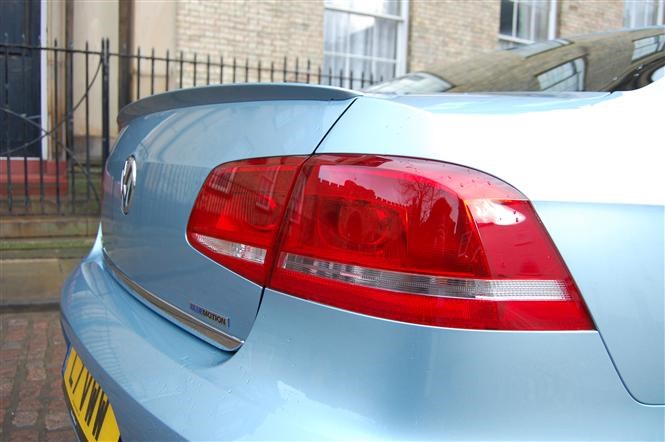
Look around the BlueMotion Passat and you’ll spot a number of modifications to make it cleave through the air with greater efficiency than its stablemates.
The grille is different, with narrower slots to feed air through, while other grille panels in the bumper are blanked off. Narrower tyres are permitted due to the slimmer, therefore lighter, alloy wheels while the wheel design itself creates less turbulence.
At the back is a small spoiler on the edge of the boot lid to smooth out the air as it leaves the car.
What might be less obvious are tighter gaps between panels such as where the bumpers meet the bodywork and panels underneath the car to cover up bumpy mechanical components, further boosting aerodynamics.
Other manufacturers go even further with grille vents that open and close depending on the cooling demands of the engine.
Energy recuperation
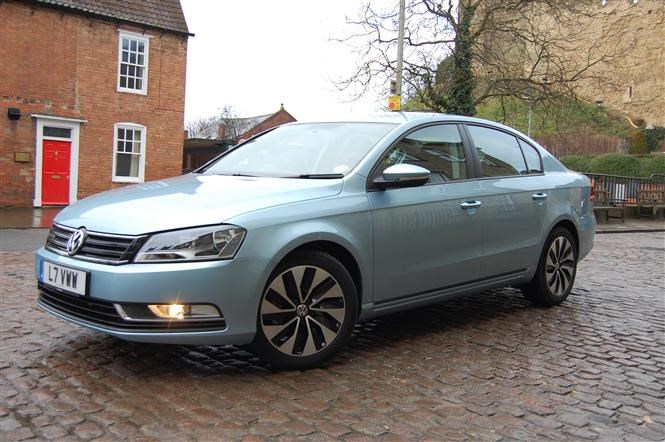
When you brake you create energy that’s otherwise wasted. Similar to other systems, in BlueMotion-equipped Volkswagens the voltage of the alternator is altered depending on whether you’re increasing or decreasing speed.
As you slow down it allows additional electrical energy to be stored which can power the car’s systems while the engine’s switched off at traffic lights.
Engine efficiency
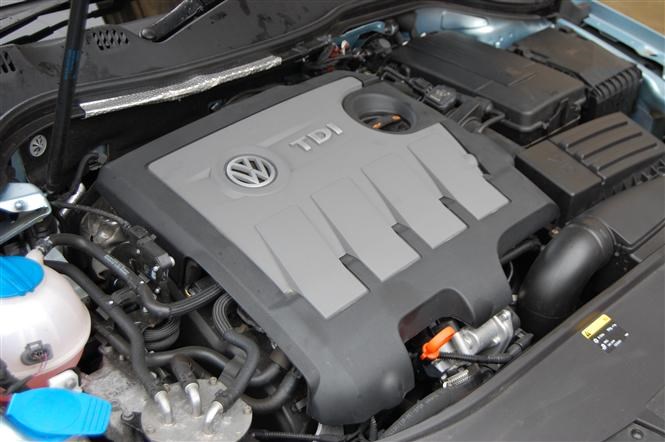
Manufacturers have long shouted about the benefits of smaller, turbocharged engines but it took the financial crisis to persuade people they didn’t need to drive big-engined cars to enjoy similar power outputs.
By using a smaller engine, fuel-saving advantages are obvious because they use less petrol and diesel at lower speeds. When you need to accelerate harder, the turbocharger kicks in – it’s much more efficient than using a large engine all of the time.
Some manufacturers have gone further, opting for an electric-hybrid or fully electric route as Volkswagen itself has with the e-up! and e-Golf.
Special tyres
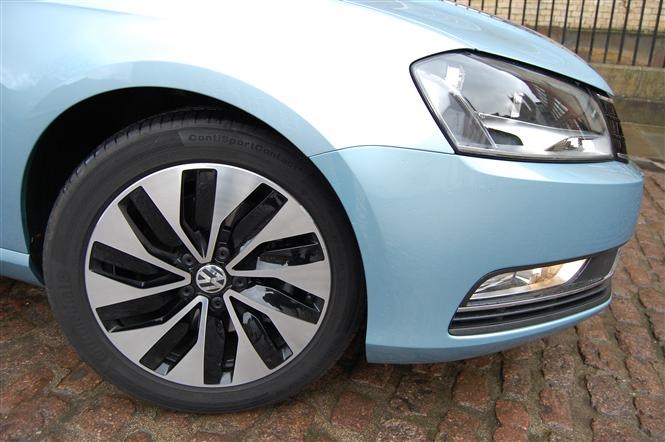
You’re unlikely to notice the BlueMotion’s low rolling resistance tyres when you look at the car but at times while you’re driving it’s difficult to ignore them.
As their name implies, they’re designed to have less friction that conventional tyres with the road surface. The less friction there is, the easier it is to accelerate and subsequently less fuel is needed to move.
The downside is they’re fractionally less grippy when driving, meaning if you drive enthusiastically (which isn’t what these cars are about, remember) they’re more likely to lose adhesion when cornering. They’re still perfectly safe, they just endow the cars they’re fitted to with different driving characteristics.
Stop/start technology
It makes sense that if you’re not moving due to traffic lights or slow-moving traffic then you don’t need your engine running, thus saving fuel.
Most of these systems work similarly to the BlueMotion’s: when at a standstill select neutral and put the parking brake on (you can use the foot brake too but consider the red glare you’re giving people behind) and the engine is automatically switched off.
To restart the engine, press the clutch pedal and by the time you’ve slotted it back into first it’s ready to go.
So, what do we know?
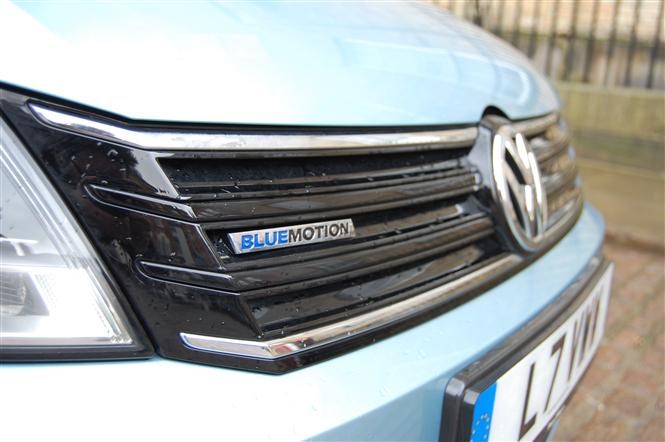
Each change might only be small when looked at in isolation but together they mount up to an improvement in fuel efficiency, albeit a small one in the Passat’s case. At 68.9mpg according to Volkswagen’s official claims, it’s 3.2mpg better than the non-BlueMotion equivalent.
The modifications also bring a reduction in CO2 emissions down 5g/km to 109g/km. Again, only small increments but enough to reduce the VED car tax rate from band C to B.
Is it worth it? Well, as of January 2014 the BlueMotion was £270 more expensive than the S 1.6 TDI. At today’s prices it would cost around £97 to fill the tank with diesel but you’d have to cover over 21,000 miles before the BlueMotion had saved you your first tank of fuel.
In other words, based on today’s Passat BlueMotion, you’d need to cover very significant mileage during your period of ownership before the BlueMotion benefits paid for themselves.




